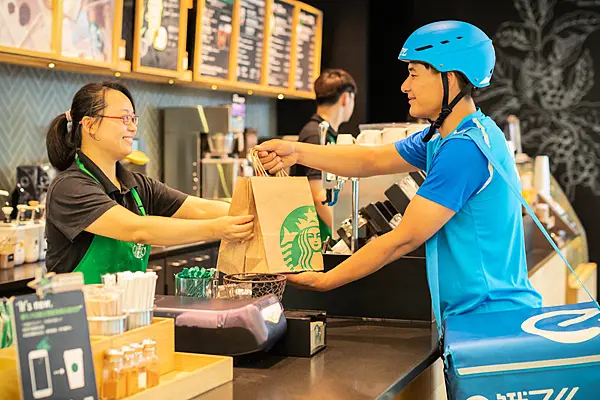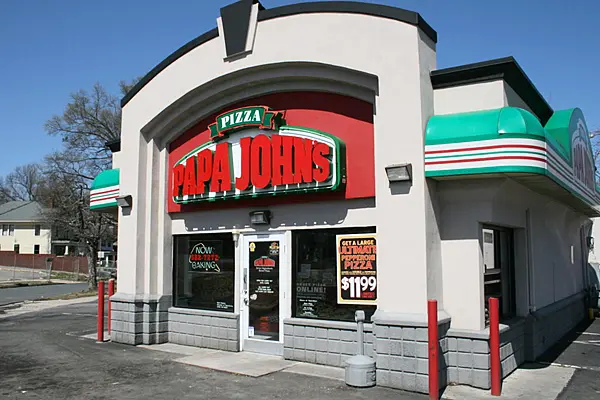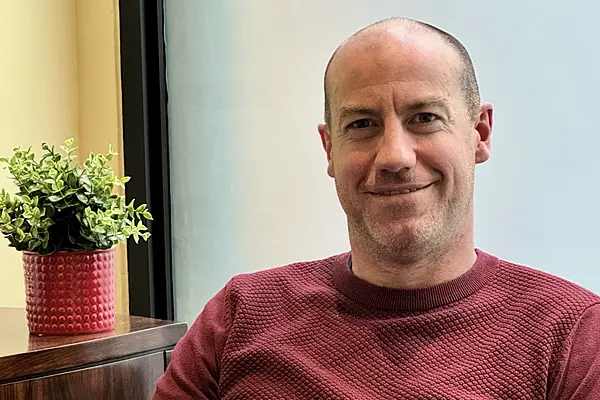Howard Schultz is ready for his next project: Starbucks 2.0.
Schultz, who will become executive chairman when he steps down as chief executive officer at Starbucks Corp. next year, says he’ll focus on his three-pronged bet that the world’s largest coffee chain needs to become even more upscale. The program includes a line of premium coffee called Reserve, as many as 1,000 cafes that will showcase the new brand and flagship stores as large as 20,000 square feet called Roasteries.
The 63-year-old executive, a billionaire who built a caffeine empire by bringing Italian coffee culture to the American mainstream, will soon be free from the daily grind of running a $21 billion business. That will allow him to devote his attention to a key growth initiative that’s been slow to gain momentum over the past two years.
“When you’re making an investment and taking a risk like this, there’s no better person to spearhead it than Howard,” said Darren Tristano, president of Technomic Inc., which tracks the restaurant industry. “He has a very high chance of succeeding in this type of role and helping the brand evolve.”
Slow Rollout
With more and more shopping done online, Schultz has said he wants to emulate the brick-and-mortar retail experiences offered by innovators like Nike and Apple. Starbucks opened the first Roastery location two years ago, a 15,000-square-foot emporium in its hometown of Seattle, and is planning others in New York, Shanghai and Tokyo. The menu includes small-lot coffee from around the world that can sell for more than $20 a pound.
The cavernous stores, where customers can watch coffee being roasted on site, are envisioned as high-end flagships for the company, but rollout has been slowed by high construction costs and trouble finding suitable real estate.
Analysts are skeptical that a handful of Roasteries can move the needle for the massive company, which operates more than 16,000 cafes worldwide. Instead, they say financial growth is expected to come from the Reserve locations.
The new cafes are planned to be similar to the Roasteries but without the actual bean-cooking operation. It’s part of a move by Schultz to add different store concepts around the world and reimagine the 45-year-old chain.
“He’s always had grand visions for where Starbucks can go,” said Jennifer Bartashus, an analyst at Bloomberg Intelligence. “The ability for him to separate himself from the day-to-day running of the company and focus on big ideas is well within his wheelhouse.”
Starbucks said Schultz wasn’t available to be interviewed for this article.
$5 Lattes
To be sure, there are risks in going more upscale. Some customers already balk at paying more than $5 for a coffee drink, and with rising health-care costs and stagnant wage growth causing anxiety among U.S. consumers, the effort could run into headwinds, particularly if there’s an economic downturn, Bartashus said.
Starbucks needs the Reserve cafes to work because there’s more and more competition from local and regional chains that are pulling in younger customers. To secure the next generation of consumers, Starbucks has to convince millennials that it’s a cool place for coffee -- a difficult proposition after four decades that saw the company grow to become a mainstream brand like McDonald’s.
Starbucks is also pushing into the Chinese market, with plans to open hundreds of stores. Growing domestically won’t be easy given the rise of competitors such as Blue Bottle, Stumptown and Intelligentsia, independent chains that cater to a premium audience.
New Competition
It’s those chains that are pressuring Starbucks, in addition to mainstream competitors like Dunkin’ Donuts or Coffee & Bagels, a new chain being developed by JAB Holding Co. The European investment firm backed by Austria’s billionaire Reimann family has used acquisitions, including Stumptown and Krispy Kreme, to build its own coffee empire.
When Schultz acquired the then-six-unit chain in the late 1980s, it wasn’t typical for Americans to spend hours in a cafe sipping expensive coffee. That changed, and with Starbucks established as a daily ritual for millions of Americans, Schultz is once again focused on changing their habits.
The move upscale is in line with where the restaurant has been heading in recent years, and it helps that Starbucks sells a product that most customers consume daily and consider an affordable luxury, said Peter Saleh, an analyst at BTIG Research.
“Being a premium brand is where it’s at in this industry,” he said. “People gravitate to more and more expensive coffee.”
News by Bloomberg, edited by Hospitality Ireland









